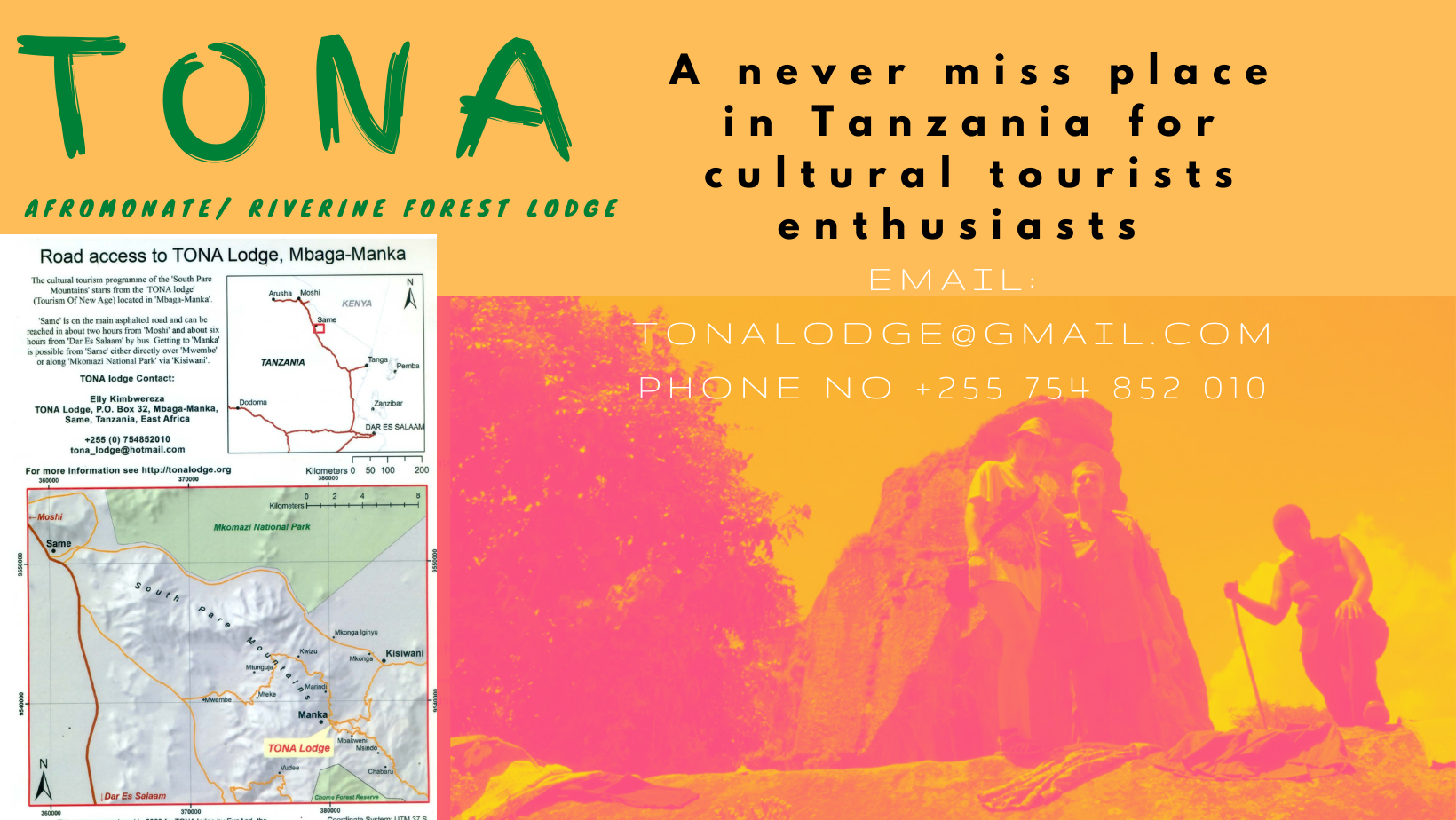
Nestled off the coast of Kenya, Lamu Island stands as a living testament to centuries of cultural fusion and historical significance. This enchanting Swahili jewel, with its narrow cobblestone streets, vibrant markets, and majestic stone buildings, offers a glimpse into East Africa’s rich past while confronting the complexities of the modern world.
A Journey Through Time
Lamu’s origins trace back to the 12th century, though some accounts suggest even earlier habitation. Documented in 1441 by an Arab traveler who encountered a judge from Lamu visiting Mecca, the island quickly became a vital hub along ancient trade routes connecting the Middle East and South Asia. Merchants and sailors flocked to Lamu, bringing diverse influences that shaped its unique architectural style, cultural practices, and cuisine.
The arrival of the Portuguese in the 16th century marked a turning point. Despite their attempts to control trade routes and impose taxes, Lamu resisted fiercely. With Omani assistance in 1652, the island broke free, ushering in a golden age characterized by intellectual pursuits, artistic expression, and literary achievements. Women like poet Mwana Kupona emerged during this era, challenging societal norms and enriching Lamu’s literary legacy.
Today, Lamu is recognized globally for its preservation of Swahili culture. In 2001, Lamu Old Town was designated a UNESCO World Heritage Site, acknowledging its outstanding universal value. Its architecture—crafted from coral stone and mangrove timber—reflects a harmonious blend of Swahili, Arabic, Persian, Indian, and European influences. The iconic Lamu Fort, built in the early 19th century, serves as a poignant reminder of the island’s storied past.
Cultural Tapestry Woven Through Tradition
Islam plays a central role in shaping Lamu’s social and cultural fabric. Home to 23 mosques, including the 14th-century Pwani Mosque, the island pulses with spiritual energy. Annual festivals such as the Maulidi Festival, celebrating the birth of Prophet Muhammad, bring together locals and visitors alike in a jubilant celebration of poetry, music, dance, and processions.
Traditional Swahili music, particularly taarab, fills the air with soulful melodies influenced by Arab, Indian, and African traditions. Dances like chakacha and mwanzele captivate audiences with their rhythmic movements and vibrant costumes. Meanwhile, dhows—traditional sailing vessels with roots in Oman, Persia, Arabia, and India—remain integral to Lamu’s maritime heritage.
Swahili cuisine adds another layer of richness to the island’s identity. Visitors can savor dishes like biryani, pilau, samosas, and coconut-based delicacies, each reflecting the island’s multicultural influences. Donkeys, the primary mode of transportation on the car-free island, symbolize Lamu’s commitment to preserving its traditional character.
Preservation Efforts Amidst Modern Pressures
Lamu has implemented various initiatives to protect its environment and cultural treasures, recognising the importance of safeguarding its heritage. Organizations like the Lamu Marine Conservation Trust (LAMCOT) work tirelessly to preserve marine ecosystems, protect endangered sea turtles, and educate communities about conservation. Similarly, the Usafi Mtaani Project addresses waste management challenges, promoting sustainable practices to combat plastic pollution.
However, tourism—a double-edged sword for Lamu—poses both opportunities and threats. While it fuels the local economy through cultural and eco-tourism experiences, it also strains resources and infrastructure. Concerns loom over the development of a new port under the LAPSSET project, which could disrupt the delicate balance between progress and preservation.
To mitigate these challenges, Lamu emphasizes sustainable tourism practices. By engaging local communities and prioritizing cultural tourism, the island aims to ensure that visitors contribute positively to its future.
Challenges and Resilience in the 21st Century
In an era defined by climate change and socio-economic disparities, Lamu faces significant hurdles. Rising sea levels, environmental degradation, and gender inequality threaten the island’s way of life. However, the people of Lamu demonstrate remarkable resilience, drawing upon centuries of accumulated knowledge about weather patterns, natural defenses, and resource management.
Efforts to empower women and address inequalities in land ownership and decision-making processes are gaining momentum. Initiatives like the Usafi Mtaani Project exemplify Lamu’s proactive approach to tackling modern challenges while upholding its cherished traditions.
A Beacon of Swahili Culture
Lamu Island is a shining example of how history and tradition coexist with contemporary realities. Its enduring legacy lies not only in its stunning architecture and vibrant festivals but also in the spirit of its people, who continue to adapt and thrive amidst changing tides.
As Lamu navigates the complexities of the 21st century, its commitment to sustainability and community engagement offers hope for a brighter future. For those fortunate enough to visit, Lamu promises an unforgettable journey through time—a place where the echoes of the past resonate vibrantly in the present.
